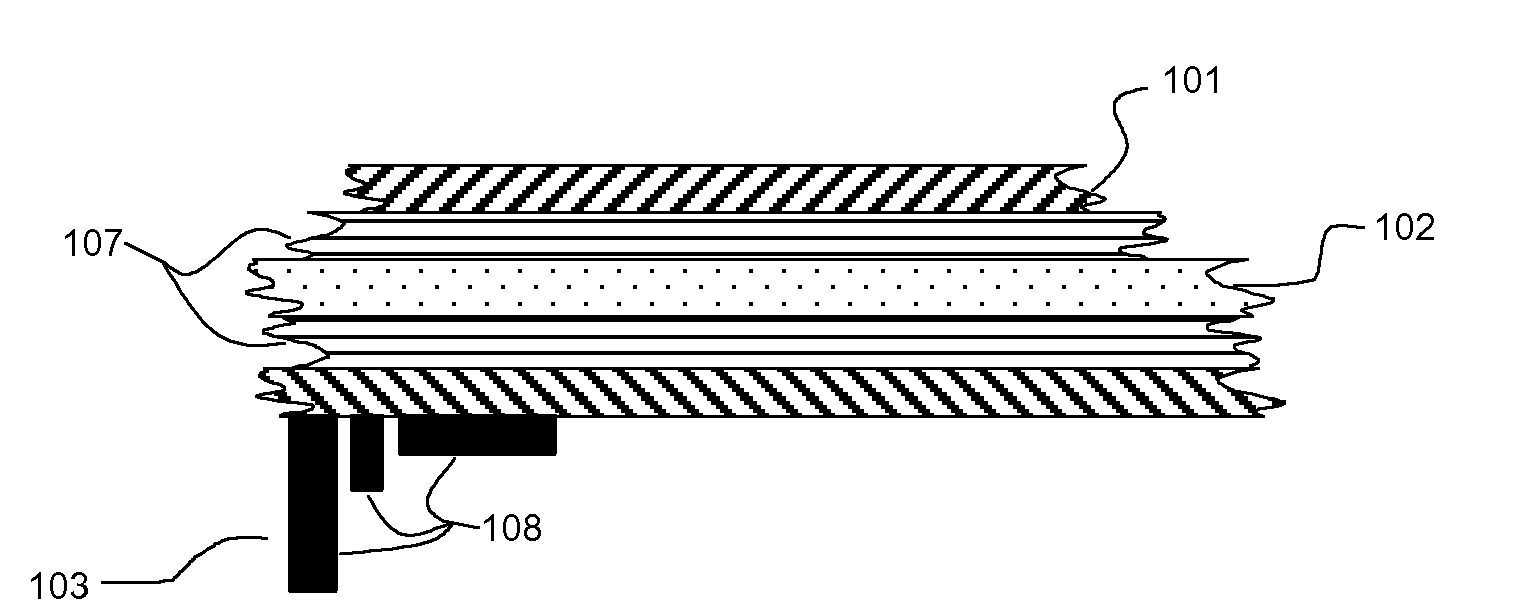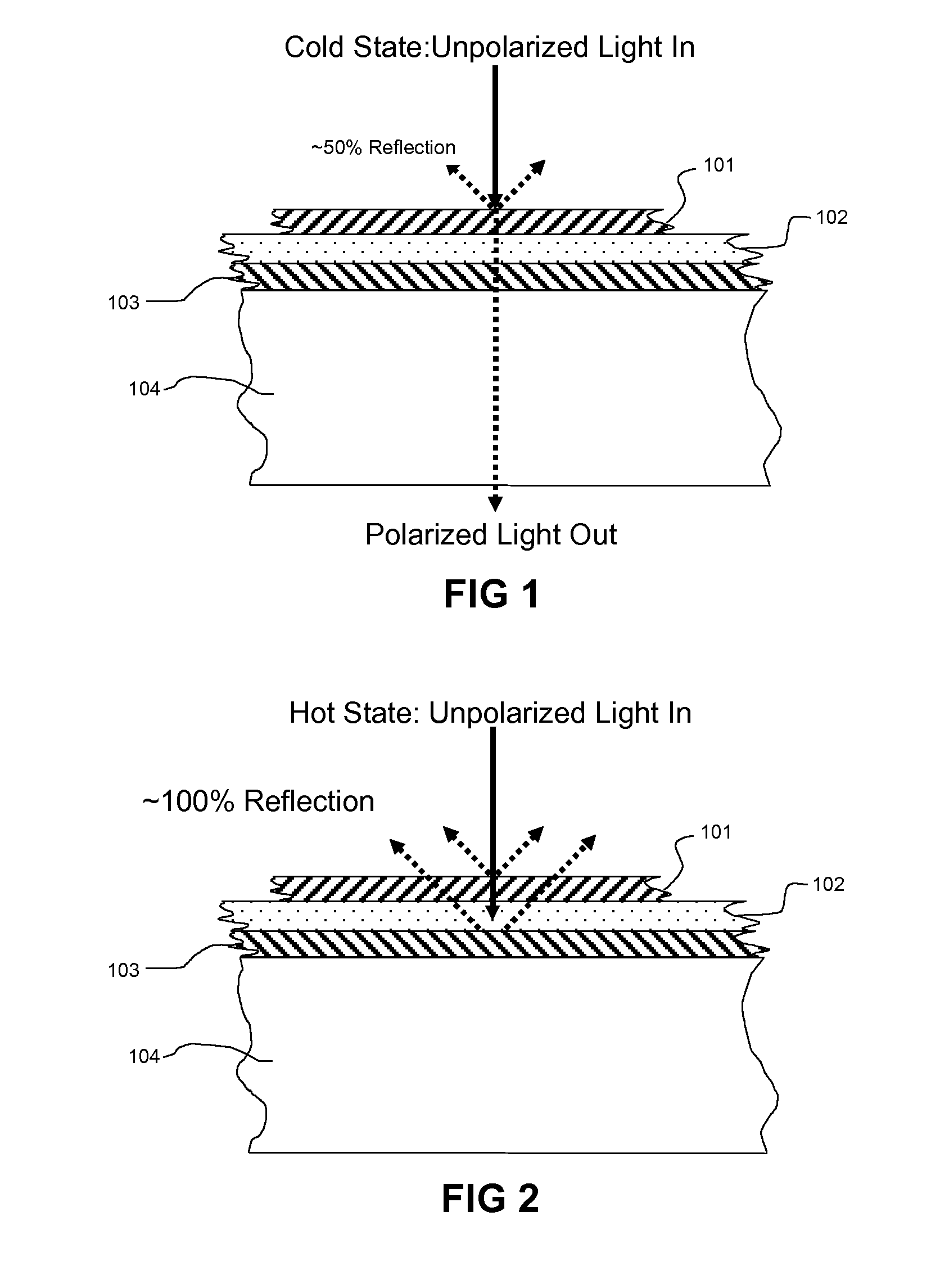Insulating Glass Unit as Shipping Container
a technology of insulating glass and shipping containers, applied in the direction of containers preventing decay, domestic cooling devices, packaged goods, etc., can solve the problems of limited switching speed and cycle life, large volume, and high cost, and achieve the effect of minimizing reflection loss
- Summary
- Abstract
- Description
- Claims
- Application Information
AI Technical Summary
Benefits of technology
Problems solved by technology
Method used
Image
Examples
Embodiment Construction
[0018]The structure, composition, manufacture, and function of insulating class units (IGUs) are well documented. However, the idea of a shipping container made of an IGU may seem counterintuitive. Although IGUs are rarely employed as load-bearing members in a structure, they are generally robust enough to resist shattering during normal handling and operation. It is therefore common practice to construct IGUs from tempered, heat-strengthened, annealed, chemically strengthened, or laminated glass. Even in cases where ordinary float glass, plate glass, or blown glass is used to construct the IGU, the glass is often 6 mm thick or more, giving it considerable shatter resistance and compressive strength. In addition, IGUs are typically stored and shipped in racks, with little or no additional packaging to protect them. Thus, an IGU may function as an adequate shipping container for a thermoreflective filter or other thin, fragile device.
[0019]FIGS. 1 and 2 are from U.S. patent applicati...
PUM
| Property | Measurement | Unit |
|---|---|---|
| Temperature | aaaaa | aaaaa |
| Transparency | aaaaa | aaaaa |
| Fragility | aaaaa | aaaaa |
Abstract
Description
Claims
Application Information
 Login to View More
Login to View More - R&D
- Intellectual Property
- Life Sciences
- Materials
- Tech Scout
- Unparalleled Data Quality
- Higher Quality Content
- 60% Fewer Hallucinations
Browse by: Latest US Patents, China's latest patents, Technical Efficacy Thesaurus, Application Domain, Technology Topic, Popular Technical Reports.
© 2025 PatSnap. All rights reserved.Legal|Privacy policy|Modern Slavery Act Transparency Statement|Sitemap|About US| Contact US: help@patsnap.com



